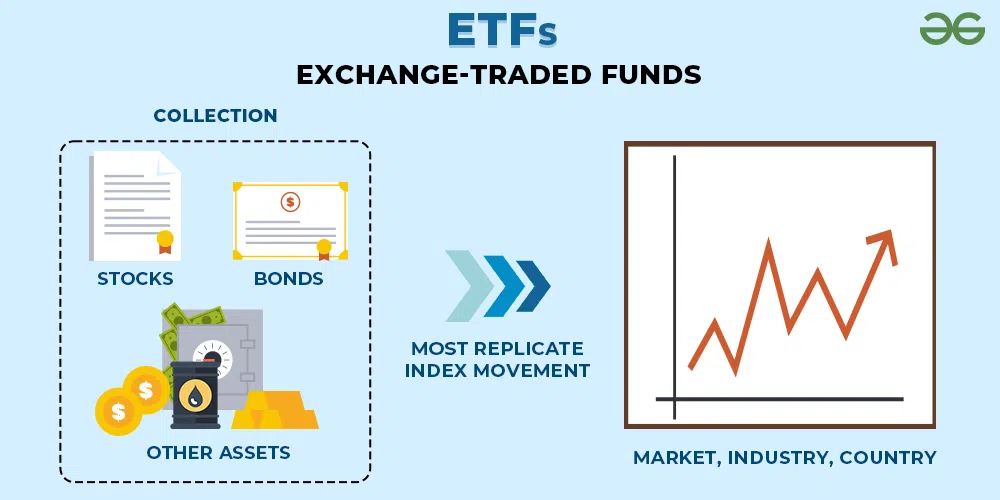Running a small business often feels like navigating a financial tightrope, and every penny counts. One area that’s frequently overlooked but holds significant potential for cost savings is enterprise packaging. Rethinking your packaging strategy, from materials used to design and logistics, can unlock substantial efficiencies and free up capital for other critical areas of your business. Implementing smart strategies regarding your enterprise packaging is not just about saving money; it’s about enhancing your brand image, streamlining operations, and contributing to a more sustainable future.
The Hidden Costs of Inefficient Packaging
Many small businesses treat packaging as a simple necessity, failing to recognize its impact on the bottom line. Here are some often-overlooked costs associated with inefficient packaging:
- Excess Material Usage: Overpacking products wastes materials and increases shipping costs.
- Damage During Transit: Poor packaging can lead to damaged goods, resulting in returns, replacements, and lost revenue.
- Increased Shipping Weight & Dimensions: Bulky or heavy packaging drives up shipping expenses.
- Storage Inefficiencies: Poorly designed packaging can take up valuable warehouse space.
- Labor Costs: Time-consuming packaging processes require more labor and increase operational expenses.
Strategies for Optimizing Your Enterprise Packaging
To unlock the cost-saving potential of your packaging, consider these strategies:
1. Optimize Material Selection
- Right-Size Your Packaging: Use packaging that is appropriately sized for your products, minimizing void fill and excess material.
- Consider Alternative Materials: Explore lighter and more cost-effective materials like recycled cardboard, molded pulp, or compostable packaging.
- Negotiate with Suppliers: Shop around for the best prices on packaging materials and negotiate volume discounts with your suppliers.
2. Streamline Packaging Design
- Design for Efficiency: Develop packaging that is easy to assemble and pack, reducing labor costs.
- Standardize Packaging: Use standardized packaging sizes and shapes to simplify inventory management and reduce material waste.
- Consider Flat-Pack Options: For certain products, flat-pack packaging can significantly reduce shipping volume and storage space.
3. Improve Logistics and Shipping
- Optimize Shipping Dimensions: Work with carriers to understand their dimensional weight pricing and optimize packaging to minimize shipping costs.
- Negotiate Shipping Rates: Shop around for the best shipping rates and negotiate with carriers based on your shipping volume.
- Consider Local Sourcing: Sourcing packaging materials locally can reduce transportation costs and lead times.
Comparative Table: Packaging Material Costs & Benefits
| Material | Cost | Benefits | Drawbacks |
|---|---|---|---|
| Cardboard | Moderate | Recyclable, durable, versatile | Can be bulky, not waterproof |
| Plastic | Low | Waterproof, lightweight | Environmental concerns, less durable than cardboard |
| Molded Pulp | Moderate to High | Sustainable, biodegradable, protective | Limited design options |
| Recycled Cardboard | Moderate | Eco-friendly, cost-effective | May not be as strong as virgin cardboard |

